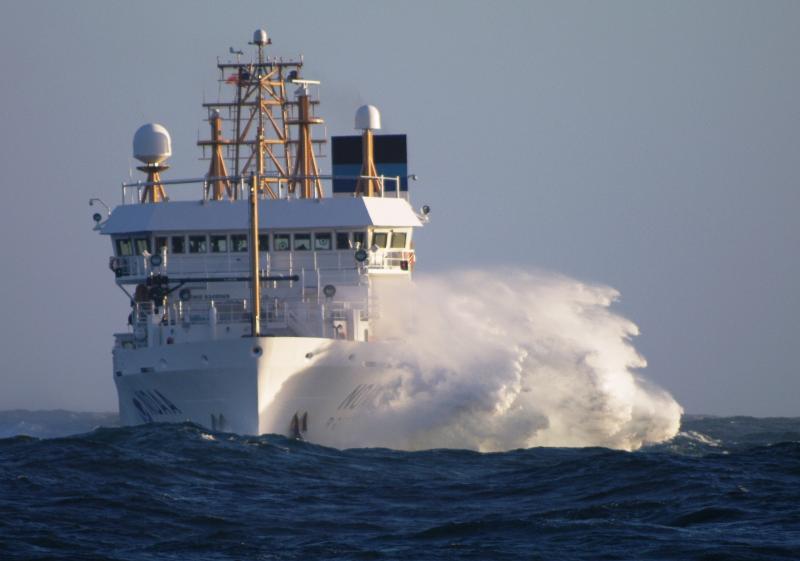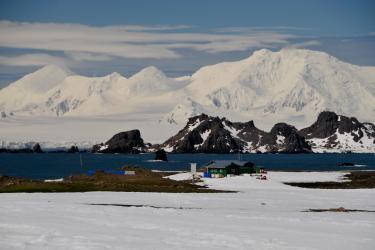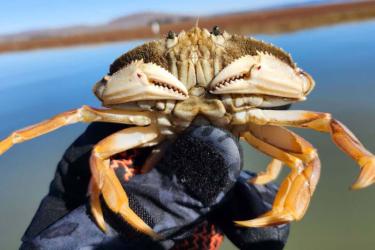Our latest podcast explores the ways our scientists survey West Coast waters but from two perspectives—the Northwest and Southwest—as we continue our kickoff series on regional surveys.
Hear from two science center directors who frequently work together despite being more than a thousand miles apart: Kristen Koch, the Director of the Southwest Fisheries Science Center in La Jolla California and Kevin Werner, the Director of the Northwest Fisheries Science Center in Seattle. From surveys on our fisheries, ecosystems, and protected species, there is a lot of ground to cover on the West Coast. Find out how our scientists study a diverse set of marine mammals, turtles, abalone, sardines, endangered salmon, and much more!
In this episode, we also talk with Dr. Noelle Bowlin, the head of the California Cooperative Oceanic Fisheries Investigations program. She’s an ideal person to explain the survey as she not only leads the program for NOAA Fisheries, but she gets on the boat and collects samples. CalCOFI is one of the longest running surveys in the country and is sort of a unique partnership between NOAA Fisheries, the State of California, and the Scripps Institute of Oceanography. It’s also a pioneer of the ecosystem approach used widely today.




